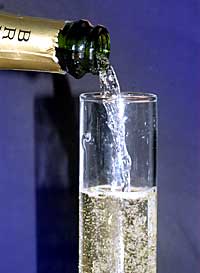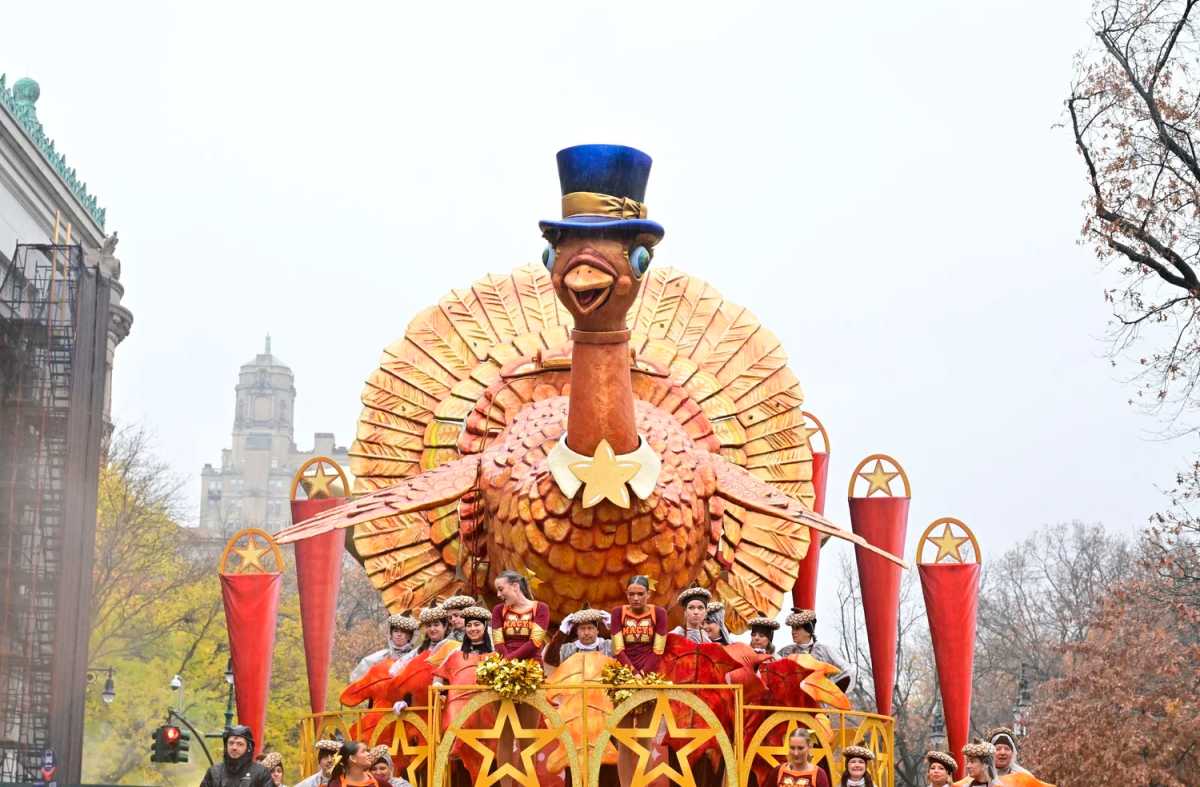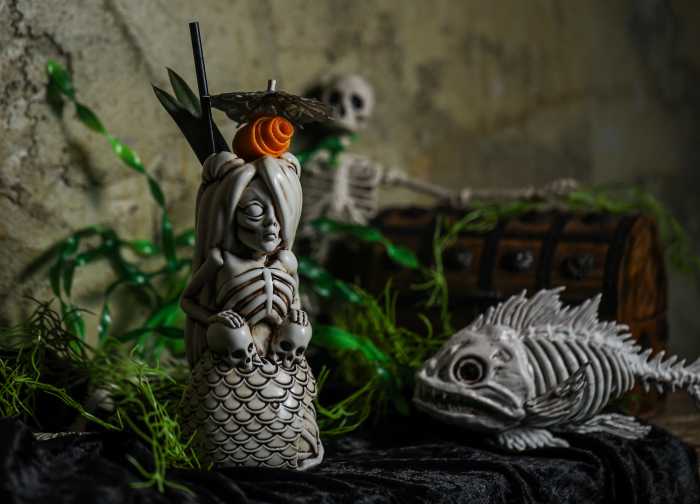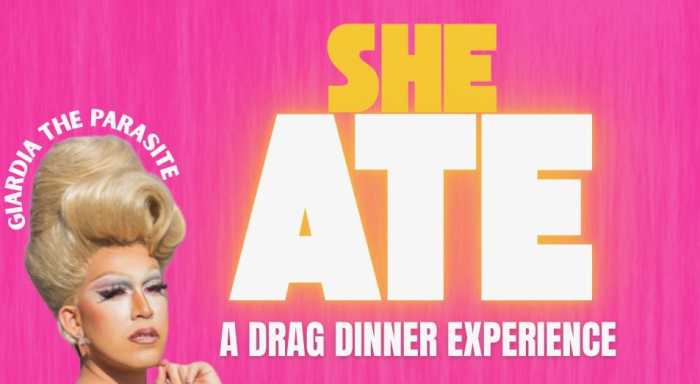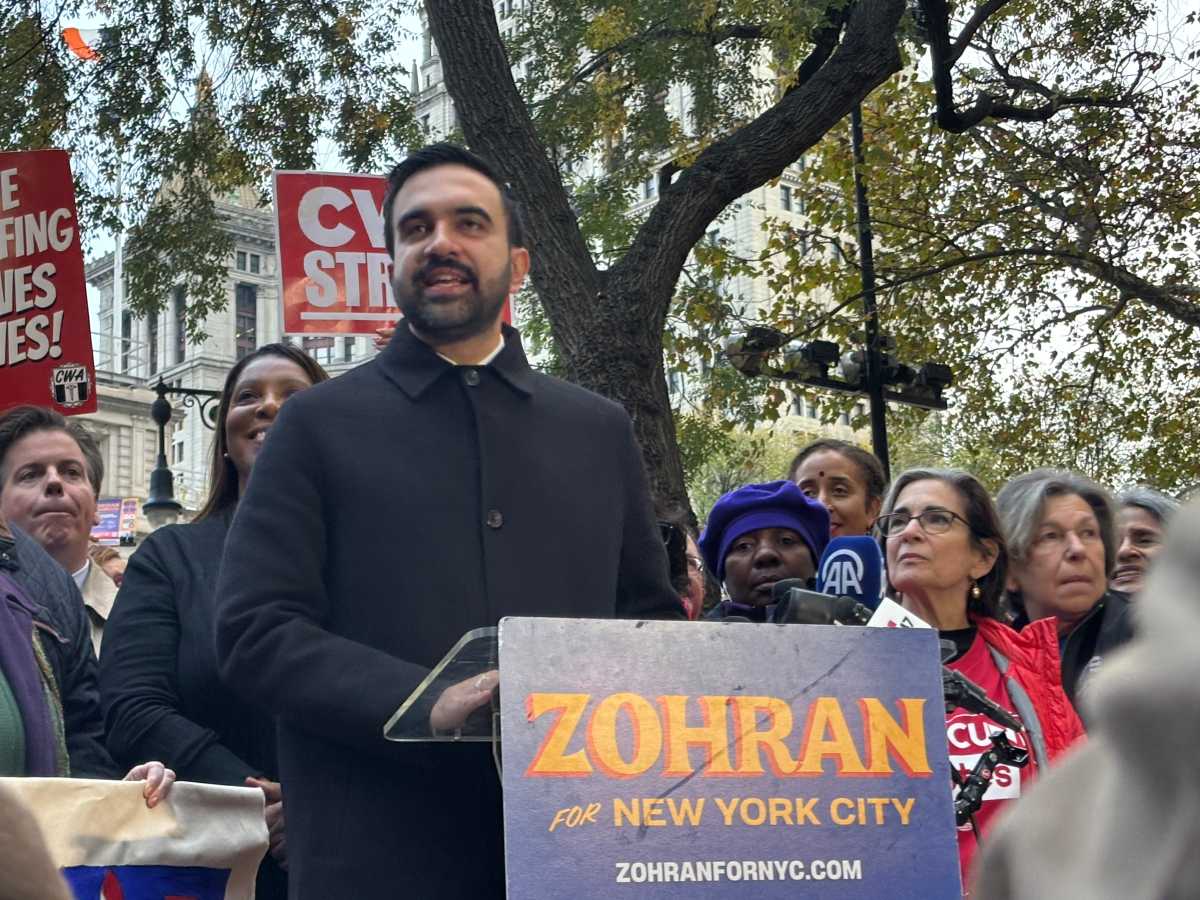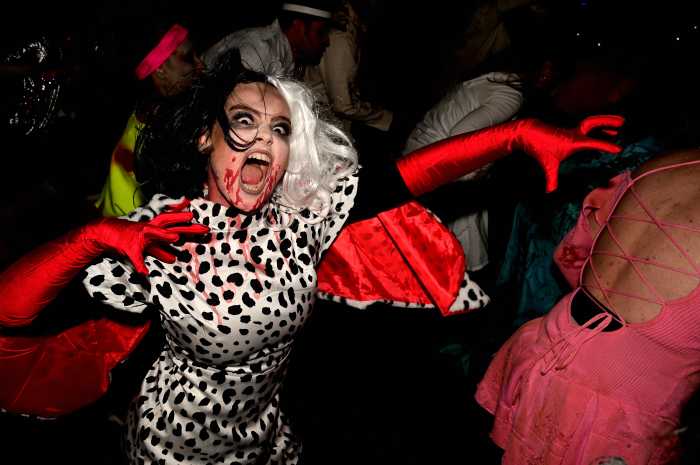Few sounds put a more exuberant ending
on the year than the "thonk" of a cork popping from
a bottle of chilled champagne. Yet nothing can dampen a mood
faster than raising a flute to one’s lips and tasting bitter
or overly sweet champagne.
If only choosing a great bottle of bubbly was as effortless as
drinking one. Walk into any liquor store, especially during the
holidays, and you’ll be faced with shelves full of champagne.
How do you make a selection?
From still to bubbly
All champagnes are sparkling wines, but not all sparkling wines
are champagne. The word "champagne" is applied when
the grapes are harvested from the vineyards of Champagne, a region
in France that lies northeast of Paris, and made according to
strict guidelines followed by the wineries of that region.
The making of sparkling wine follows similar winemaking techniques,
but cannot be labeled champagne if the estate isn’t situated
in the Champagne region. (Several American wineries are legally
allowed to label their product champagne, but their wines cannot
be sold in Europe.)
The Champagne region’s cold climate forces growers to pick grapes
before their natural yeast has matured enough to convert the
grapes’ sugar into alcohol. The short growing season necessitates
the addition of sugar.
The bottled, pressed grape juice sits until spring’s warmer temperatures
generate a second fermentation called Methode champenois. The
second fermentation creates carbon dioxide, now trapped in the
bottle, hence the bubbles and sparkles.
Champagne is blended with only three grapes – Pinot Noir, Pinot
Meunier and Chardonnay: each grape adds its own character. The
Pinot Noir and Pinot Meunier add depth, richness of flavor and
lend a soft, silky mouth feel. The Chardonnay grape adds lightness
and finesse.
Many champagne bottles are not marked with a year, which allows
the vintner to blend grapes harvested over an extended period
of time.
A vintage bottle of champagne is produced when a particular year’s
harvest yields a grape with an exceptional character. Vintage
champagnes will have the date marked on the bottle’s label and
are generally more expensive than non-vintage bottles.
Brut is the driest of the champagnes and the most popular; Sec
is sweeter. Doux is the sweetest of the champagnes, usually served
as a dessert wine.
When the skin remains on the Pinot Noir grape during fermentation
the champagne is tinged pink and labeled Rose. (The tint of pink
does not mean the champagne is sweet the way a non-sparkling
rose wine sometimes is.)
Ask the experts
Darrin Siegfried, owner of Red, White and Bubbly, in Park Slope,
and past president and former national education director of
the Sommelier Society, in Manhattan, where he teaches, offered
this: "Go with quality." A quality champagne has a
"clean, crisp acidity and a good balance of fruit on the
nose and the palate," he said.
Siegfried estimated the price of a decent bottle of champagne
at anywhere from $25 to $275.
"The cost," said Siegfried, "reflects the hard
labor that goes into creating a bottle of champagne."
For the holidays, Siegfried is stocking champagne at all price
levels. He suggested a Paul Goerg Blanc de Blanc at $25 that
"beat out older, more well known wineries in taste tests,"
adding, "there’s an excellent balance of flavors. Not too
acid."
Siegfried recommends Veuve Clicquot ($50), and Krug ($100) saying,
"There’s no finer champagne on the market."
Pat Savoie, proprietor of Big Nose Full Body, also in Park Slope,
gave similar advice.
"Many of the smaller estates make a high-quality champagne,"
which she described as "dry, elegant with small bubbles."
Savoie’s customer is price-conscious but will sometimes splurge
on an expensive bottle for an important celebration or gift giving.
In stock this season are bottles priced between $9 and $125.
At $9, Savoie suggested Charles de Fere, a Brut she described
as "light yet rich, full-bodied and fruity."
"No one will be disappointed," she said. "It’s
a popular champagne among my customers."
For $25, Montaudan Brut is crisp and full-bodied, she said.
"It received 92 points from Wine Spectator Magazine,"
she adds.
Louis De Sacy, also a Brut, at $30, made from half Pinot Noir
grapes and half Chardonnay is "elegant," said Savoie,
noting that for the splurge, Clicquot La Grand Dame, a 1995 Brut,
is "great champagne" that comes in a beautiful gift
box for $125.
Joe DeLissio, wine director at the River Cafe, on Fulton Ferry
Landing, and author of "The River Cafe Wine Primer"
(Little Brown, 2000), suggests sparkling wine as an option to
authentic champagne.
Two sparkling wines from vineyards in California that DeLissio
describes as "full-bodied with an elegant finish" are
Roederer Estate Brut selling for approximately $22, and Schramsberg
for around $30. The northern California Roederer is the first
sparkling wine to be produced by the 200-year-old, family-owned,
Champagne-region vintner Champagne Louis Roederer.
The sparkling wines of Spain, called Cava, do not follow the
champagne model as closely as the California producers, "But
they’re still a good product," Delissio says. A bottle of
Marques de Alella will run about $10.
Asti, or Asti Spumante, from Italy, is fizzy and sweeter than
the others. A bottle of Moscato d’Asti at Big Nose Full Body
runs $14 and is best served with dessert.
Prosecco, an Italian sparkling wine from Italy’s Veneto region,
is light and fruity on the nose, and has a pleasantly bitter
taste. Big Nose Full Body carries Zardetto Prosecco, a full-bodied
brut, for $13.
Rick Landy who manages Michael-Towne Wines & Spirits, in
Brooklyn Heights, stocks champagne at all price points. He’s
certain that this year the Champagne Louis Roederer Cristal will
sell out at $170, because it sold out the year before.
For $25, Landy thinks Nicolas Feuillatte Brut is worthwhile.
Taittinger Brut is popular at $30 and gift sets of Laurent-Perrier
Brut, that include two champagne flutes, are selling well at
$32, he says.
That calls for a toast.
Where to shop
Big Nose Full Body, 382 Seventh Ave. at 11th Street in Park Slope,
(718) 369-4030
Michael-Towne Wines and Spirits, 73 Clark St. (entrance on Henry
Street) in Brooklyn Heights, (718) 875-0590
Red, White & Bubbly, 211-213 Fifth Ave. at Union Street in
Park Slope, (718) 636-9463


